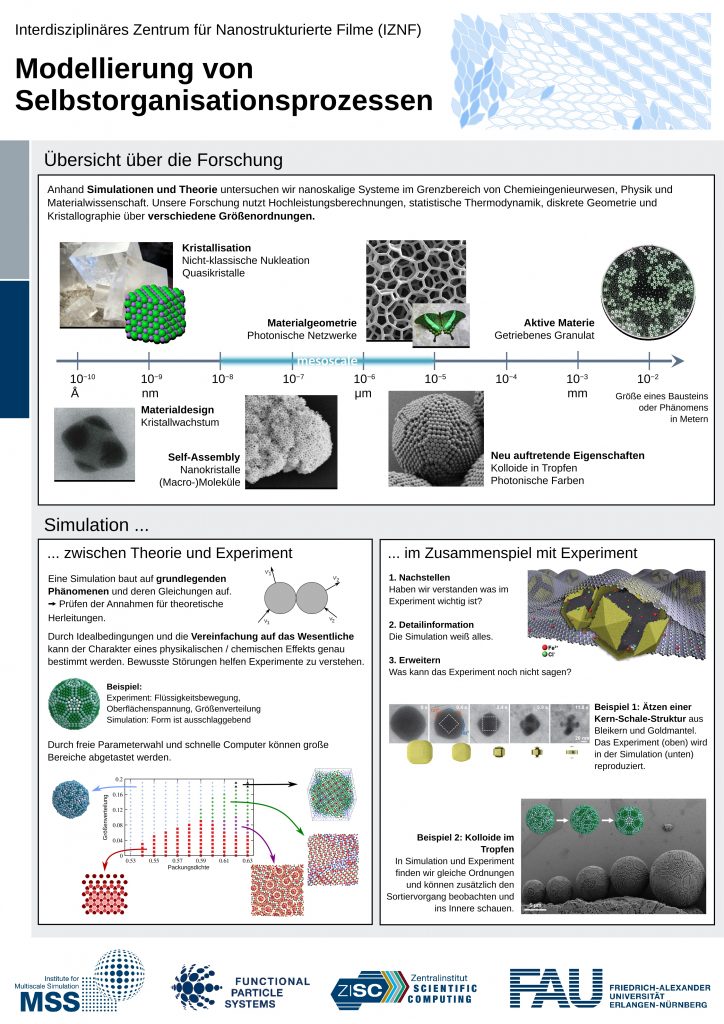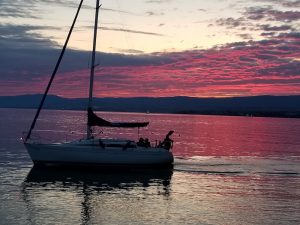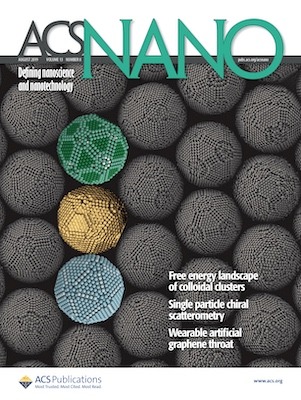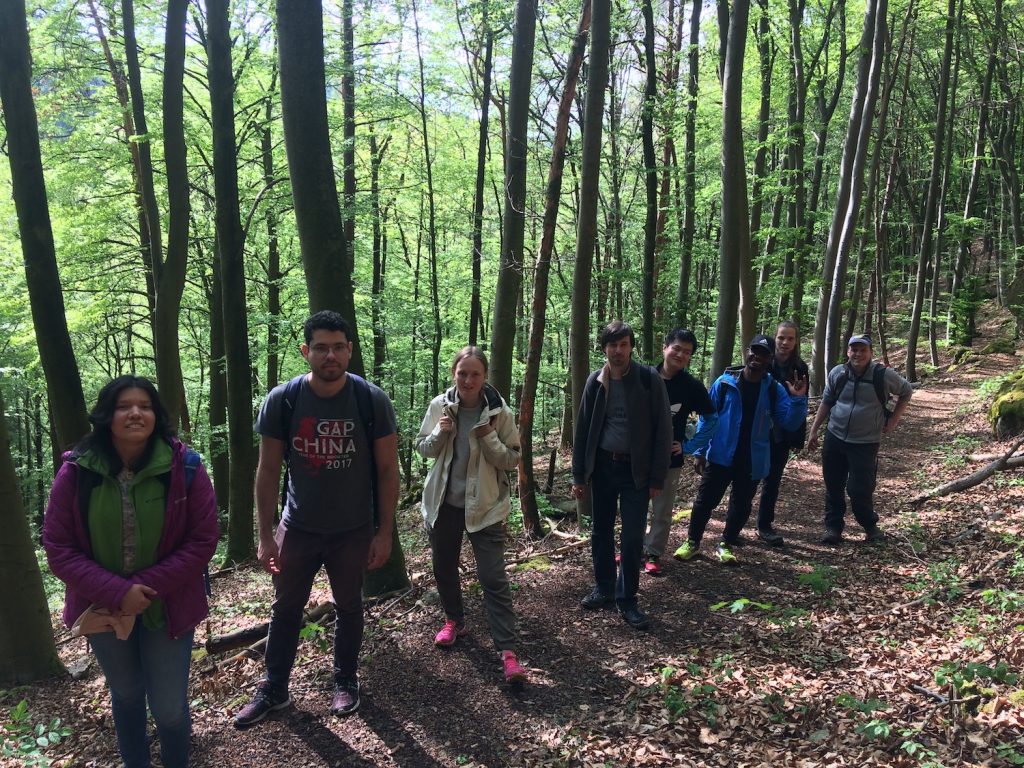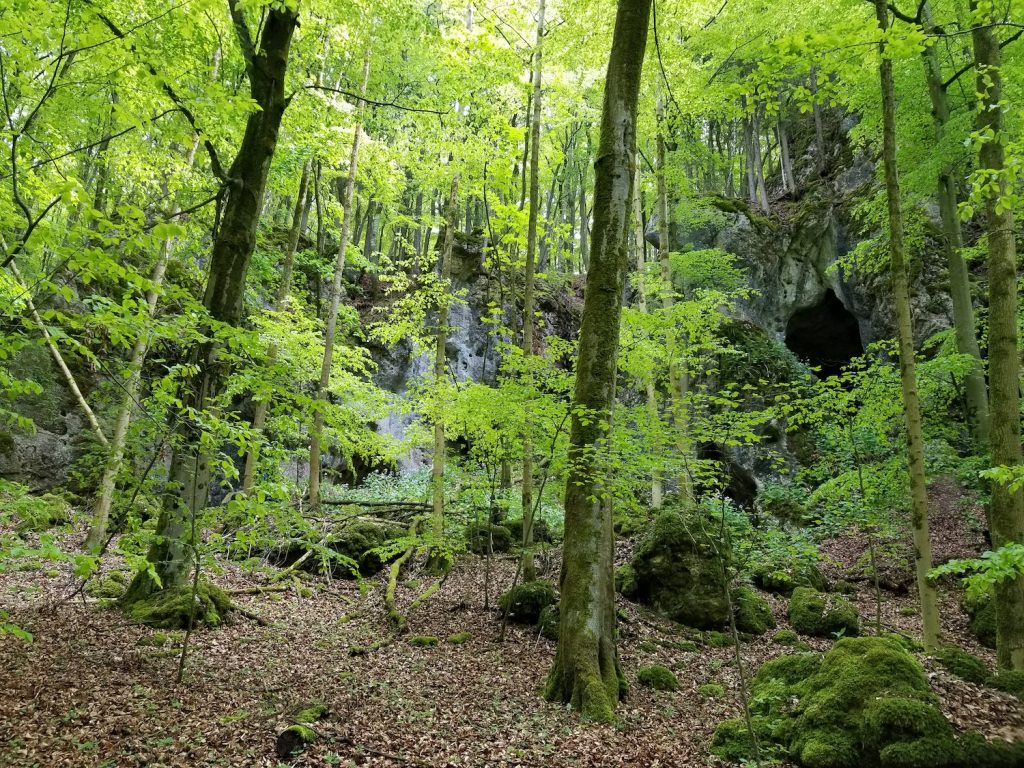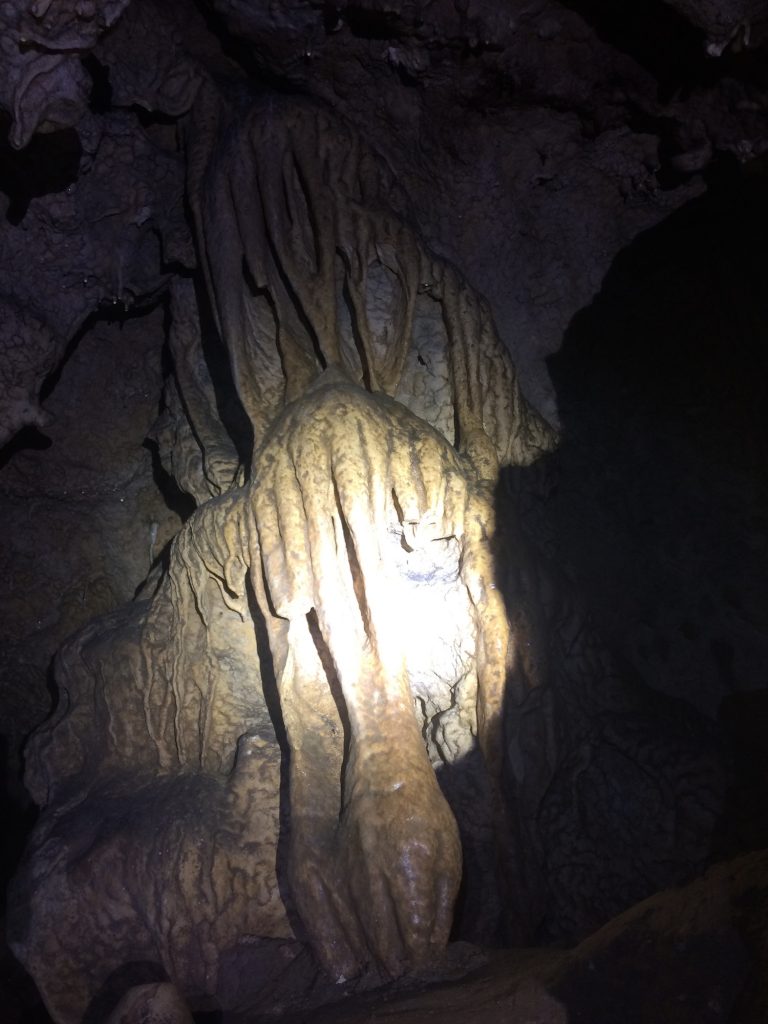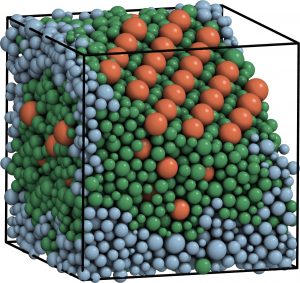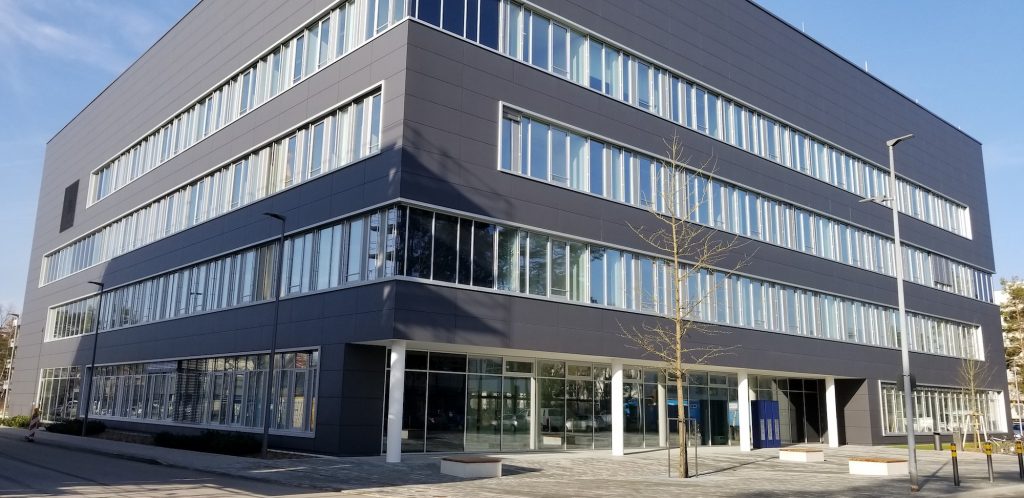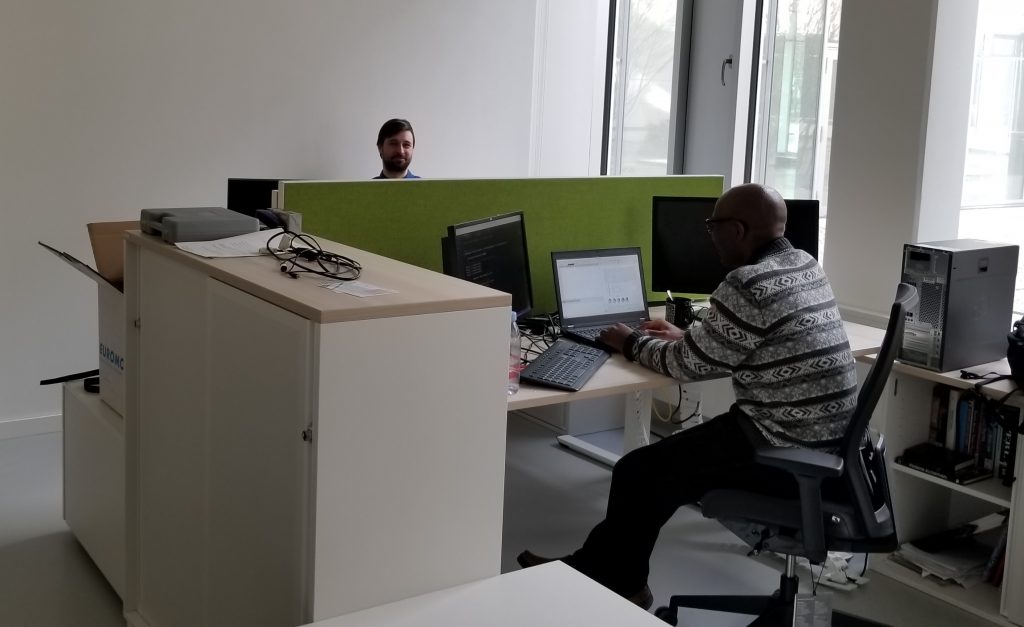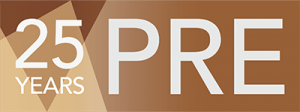In a joint collaboration combining experiment (synthesis and self-assembly), analysis (electron microscopy including tomography), and simulation (molecular dynamics and free energy calculations), a team from FAU involving Junwei Wang and Chrameh Mbah reported magic number colloidal clusters:
“Clusters in systems as diverse as metal atoms, virus proteins, noble gases, and nucleons have properties that depend sensitively on the number of constituent particles. Certain numbers are termed ‘magic’ because they grant the system with closed shells and exceptional stability. To this point, magic number clusters have been exclusively found with attractive interactions as present between atoms. Here we show that magic number clusters exist in a confined soft matter system with negligible interactions. Colloidal particles in an emulsion droplet spontaneously organize into a series of clusters with precisely defined shell structures. Crucially, free energy calculations demonstrate that colloidal clusters with magic numbers possess higher thermodynamic stability than those off magic numbers. A complex kinetic pathway is responsible for the efficiency of this system in finding its minimum free energy configuration. Targeting similar magic number states is a strategy towards unique configurations in finite self-organizing systems across the scales.”
Read about it here:
Magic Number Colloidal Clusters as Minimum Free Energy Structures
J. Wang, C.F. Mbah, T. Przybilla, B.A. Zubiri, E. Spiecker, M. Engel, N. Vogel
Nature Communications 9, 5259 (2018)
